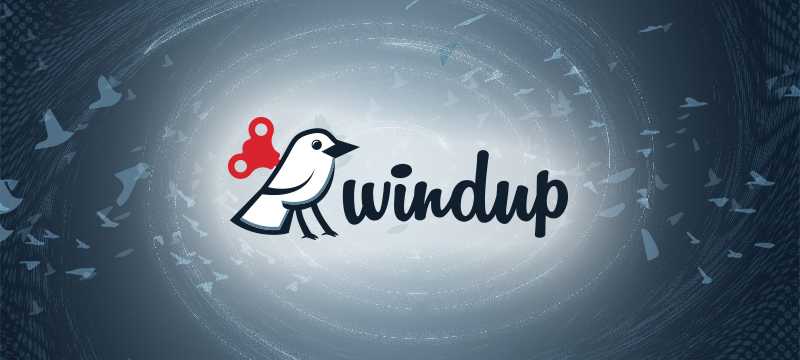There are 2 distributions available within the first upstream release; the CLI and the Web UI.
Prerequisites
- Java Development Kit (JDK) installed. WINDUP supports the following JDKs:
- OpenJDK 11
- Oracle JDK 11
- 8 GB RAM
- MacOS installation: the value of maxproc must be 2048 or greater.
Installing the CLI
Extract the CLI zip file to a directory of your choice <WINDUP_CLI_HOME>.
If you are installing on a Windows operating system:
- Extract the CLI zip file to a folder named
windupto avoid a Path too long error. Alternatively, extract the file with 7-Zip to a folder of any name you choose. - If a Confirm file replace window is displayed during extraction, click Yes to all.
Running the CLI
Open a terminal and navigate to the <WINDUP_CLI_HOME>/bin/ directory.
Execute the windup-cli script, or windup-cli.bat for Windows, and specify the appropriate arguments:
./windup-cli \
--input /path/to/jee-example-app-1.0.0.ear \
--output /path/to/output \
--target eap:7--input: The application to be evaluated. Multiple input applications can be supplied, but each must be preceded by the--inputargument. The path can also be a to a folder containing multiple applications--output: The output directory for the generated reports.--target: The target technology for the application migration.
For a full list of CLI options
./windup-cli --helpFor a full list of CLI target technologies
./windup-cli --listTargetTechnologiesInstalling the Web UI locally
Extract the Web Console zip file to a directory of your choice <WINDUP_UI_HOME>.
If you are installing on a Windows operating system:
- Extract the Web Console zip file to a folder named
windupto avoid a Path too long error. Alternatively, extract the file with 7-Zip to a folder of any name you choose. - If a Confirm file replace window is displayed during extraction, click Yes to all.
Running the Web UI
- Open a terminal and navigate to the
<WINDUP_UI_HOME>directory. - Execute the
run_windup.shscript, orrun_windup.batfor Windows. - Open a browser and navigate to http://localhost:8080/windup-ui
- The default user is
migrationand the default password ispassword. - Follow the wizard to create your first migration project, upload applications for analysis, define your analysis configuration, execute the analysis and review the reports.
Installing the Web UI on OpenShift 4 (using UI)
- Extract the Web Console zip file to a directory of your choice
<WINDUP_UI_HOME>. - Navigate to the
<WINDUP_UI_HOME>/openshift/templatesdirectory. - Copy the content of file
web-template-empty-dir-executor.json. - Go to Openshift Web Console, Developer view
- Paste it in the “Import YAML / JSON” wizard and save it.
- Click on the
+Addlink and open theAll servicescatalog - Input
windup(ormigration) in the search text box and click on the Windup template
- Click on
Instantiate Template - Scroll down to the bottom to deploy with the working default values and click on
Createbutton - In the Topology page, click on the
windup-web-consoleapplication then click theResourcestab - Click the
secure-windup-web-consoleroute to open the Windup web console - Enter the user
migrationand passwordpasswordand clickLog in
